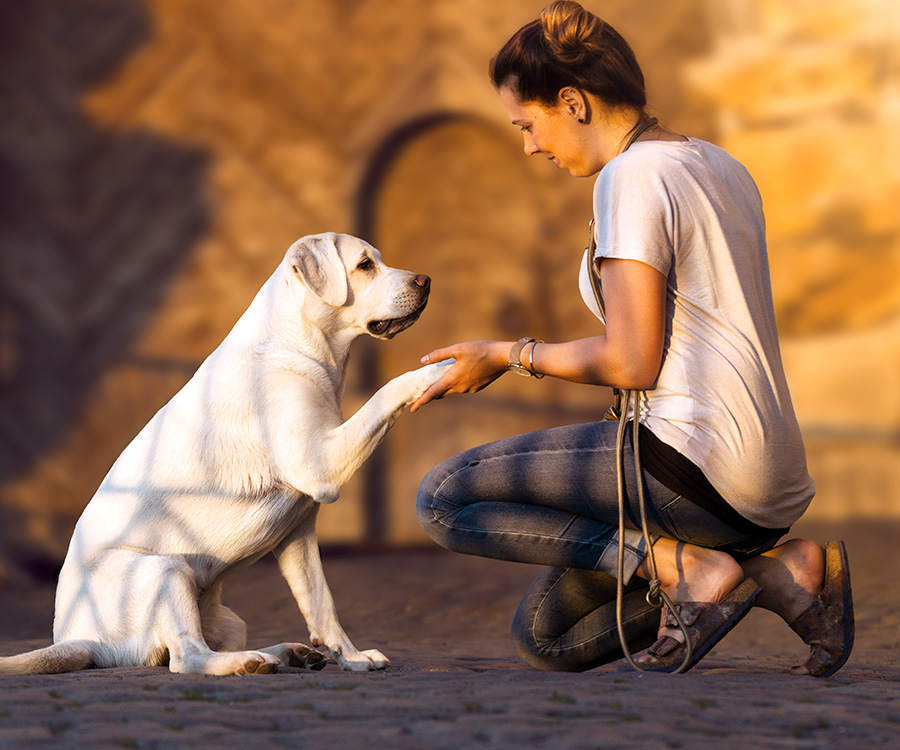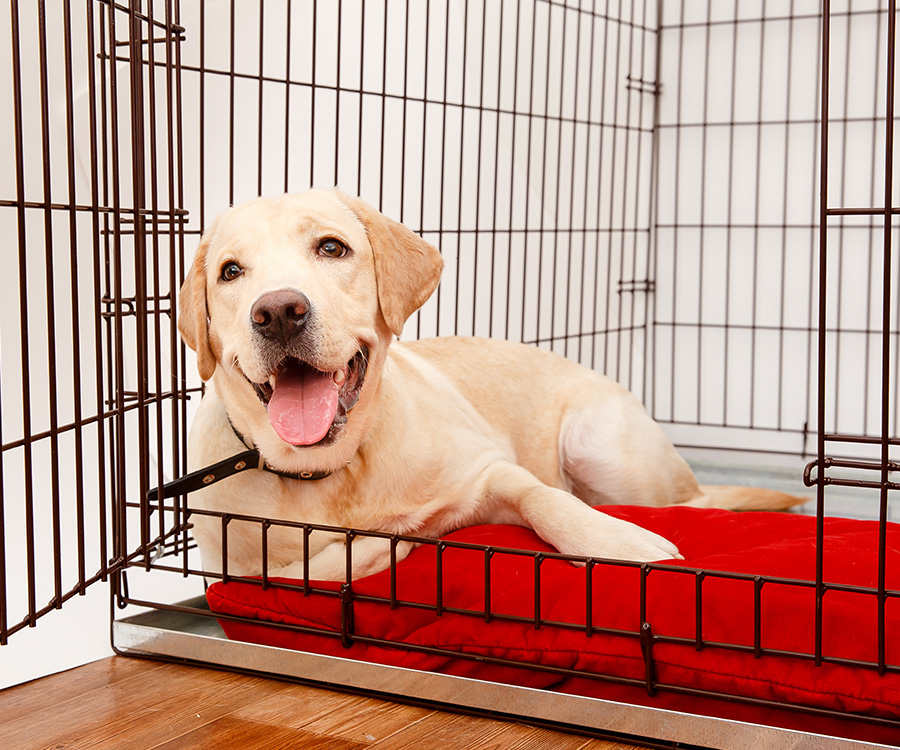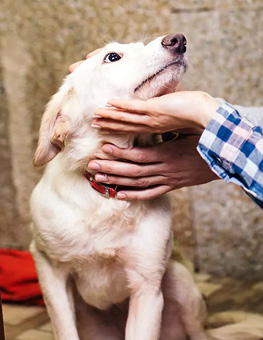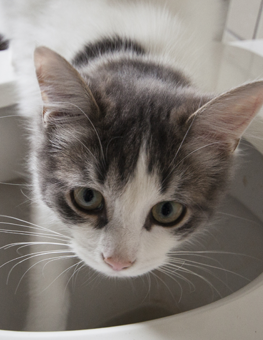Tips for training a shelter or rescue dog
While there's information available about some shelter pets, some may have mysterious pasts, so try to be aware of what may have happened to your pet.
Tips for Getting to Know Your Shelter Dog


Some shelter dogs have had traumatic experiences and changes in behavior may take time.
Many shelter dogs lived regular lives before they wound up at the shelter, but some may have had traumatic experiences. With these pets, you may notice certain signs. Some dogs may cower, while others may be aggressive around strangers or other dogs. No matter what your pet is doing, try to respond with whatever you think your pet needs.
VCA Animal Hospitals suggests giving as much attention to your dog as he or she needs if he or she tends to be shy. This will help your pup get used to the idea of getting and giving attention. It's important to remember that any changes may take time.
For a dog that's more aggressive, it will be necessary to be consistent with your technique. With younger puppies, try training them with as much positive reinforcement as you can. Never lash out at a rescue dog, as this will only make his or her condition worse. Instead, talk to your dog in a soothing voice and use treats to encourage good behavior. If your dog is aggressive toward another pet or something else in the house, be sure to use dividers until your pooch has calmed down more.
One tip you may want to consider is spaying or neutering your pet. The hormones your pet has influence on his or her behavior, so make sure to check with your shelter as to the status of your new pet.
Bringing Home Your New Dog


A crate can help your new pup remain calm at night.
Before you try to bring home your shelter dog, make sure your home is ready. New dogs can get very excited in new locations, so having a ready space is essential.
Make sure that your space is safe for your dog and that your home will be safe from an excited pooch. Choose a room to keep your dog in the meantime that's free of any wires, hanging items or shoes that your dog may go after.
A crate can help your dog remain calm at night or when he or she is acting up. These crates keep your dog safe, and your pet can associate the crate with sleeping or relaxing.
This post is provided by the pet experts at Hartz.














